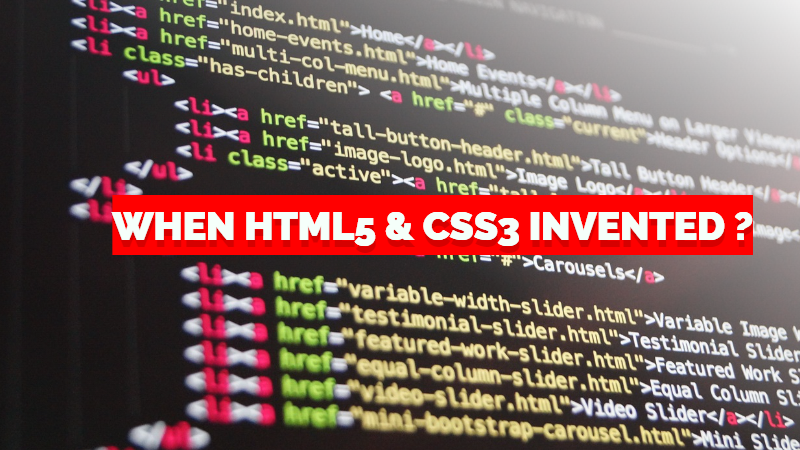
HTML (Hypertext Markup Language) and CSS (Cascading Style Sheets) are not considered programming languages in the traditional sense. Instead, they are markup languages used for structuring and styling content on the web. Here’s a brief explanation of each:
- HTML (Hypertext Markup Language): HTML is a markup language used to structure content on web pages. It consists of a set of tags that define the elements of a web page, such as headings, paragraphs, images, links, forms, and more. HTML provides the structure and semantics of the content, specifying how different pieces of content are organized and how they relate to each other. However, HTML by itself lacks the logic and programming capabilities found in traditional programming languages.
- CSS (Cascading Style Sheets): CSS is a style sheet language used for describing the presentation and layout of HTML elements. It’s used to apply colors, fonts, spacing, positioning, and other visual properties to web page elements. CSS allows web designers and developers to control the look and feel of a web page, ensuring consistency and visual appeal across different devices and screen sizes. Like HTML, CSS doesn’t include programming constructs like loops or conditional statements.
While HTML and CSS are not programming languages, they play crucial roles in web development. They provide the foundation for creating visually appealing and structured web pages. To add functionality and interactivity to web pages, developers often use JavaScript, which is a true programming language capable of handling logic and user interactions.
